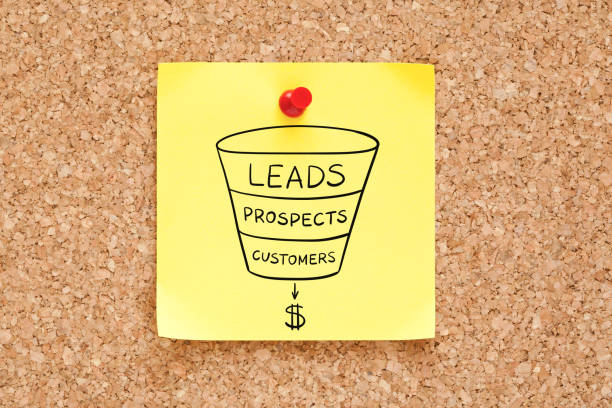Blog
A Beginner’s Guide To Creating A Sales Funnel
- April 2, 2021
- Posted by: Funmilola Sanya
- Category: Sales & Marketing


Now that you know the importance of a sales funnel, it’s time to get started on creating one for your business.
Here’s a recap of what we learned from the previous post:
- A sales funnel is simply a process or journey through which potential customers become customers.
- A sales funnel is the backbone of a successful business.
- These are the stages that make a prospective customer a customer: Awareness, Interest, Evaluation, Decision, and Purchase.
- You need a sales funnel for your business for consistency in sales, purposeful content, and to identify problem areas and help you improve on them.
Here’s are simple steps to creating a sales funnel:
Step 1: Understand and analyse your customers
Understanding your customers will let you know their specific needs, and with the knowledge of their needs, you can know how far your products or services will go in providing solutions to their problems. This way you will gain insights on how to improve your products or services to meet the needs of your buyers. Below are some things you need to know about your target customers:
- What are their pain points?
- Where are they on social media?
- What are their interests and expectations?
- Do they like shopping online?
The responses from these questions will help you determine how to address their pain points effectively, know where your prospective customers are, and help you position your brand/product properly.
Step 2: Create a buyer persona
You can’t have the same sales funnels for all your customers. This is because not every customer is the same; their motivations for purchasing your products differ based on their personas. You should create different buyer personas for each customer type based on
- The reason they want to buy your product
- How they will use your product
- What motivates/influences them to buy your product
The more you know your prospective customers, the more people you will be able to guide through the sales funnel till they reach the bottom.
Step 3: Develop traffic and lead generation strategies
This is where you need to drive traffic to your site and arouse the interests of people so they are adequately aware of your product or service to make a purchase.
Your traffic and lead generation strategy should include these:
- Influencer marketing
- Website search engine optimisation (SEO)
- Social media adverts
- Guest posting
- Pay per click (PPC) campaign
- Landing page optimisation
Step 4: Engage your potential customers
Now that you’ve aroused or caught the attention of your potential customers, you need to move them down the funnel by engaging them. Educate them on interesting topics around your products and services that will influence their buying decision.
Your engagement strategy should include these:
- Relevant and engaging blog posts
- Informative videos
- Educating podcasts
- Social media posts
- Facebook live
- Influencer marketing (product tutorials and reviews)
- Email marketing to promote blog posts and newsletters
- Webinars
Step 5: Convert your leads
This is the final step of the process that makes your potential customer a customer. And not just an ordinary customer, you want a paying customer. After your leads have developed an interest in your product or service, you want to ensure they make the final decision in purchasing your product or service.
Ensure that it is easy for your potential customers to make a purchase on your website by:
- Reducing the number of steps required to make a purchase to the barest minimum
- Minimising form fields
- Providing one-click sign-in and sign-out options.
There you have it, your easy guide to creating a sales funnel.
***
Featured image: istockphoto
